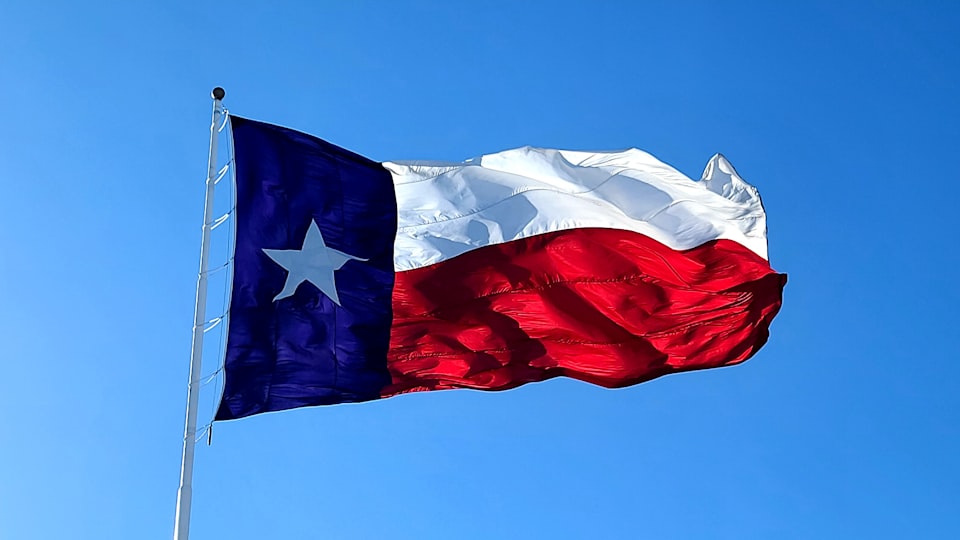When Texas Goes Boom

Over the next decade, Texas will produce more oil and gas than any other country in the world. It's not even close.
Texas is projected to produce forty billion barrels of oil (or equivalent) in the next ten years. By contrast, Russia – a country whose entire economy depends on oil and gas – will produce just four billion barrels. Same for Brazil.
The Lone Star state will produce 10-times the amount of oil and gas as Putin's Russia – and, to bring things closer to home, 4-times more than Canada.

Texas's oil boom comes from two basins: Permian and Eagle Ford.
Permian Basin production has doubled since 2016. It is on a glide path to produce 8 million barrels of oil per day in the coming years.

Eagle Ford – a 90-million-year-old rock shale – produces around 2 million barrels per day, but since it is located much closer to Gulf Coast markets, buyers pay a premium for accessibility.
Production of this scale requires massive CapEx-style infrastructure. It's one thing to get oil out of the ground. It is a very different challenge to develop a vast network of interconnected pipelines, refineries, ports, and roads.
And, of course, a mega oil-and-gas infrastructure that produces most of the world's energy output requires an equally large surge of workers, partners, and complements. We see the rough outlines coming together in Texas and, specifically, the state's cities.
Texas is home to five out of the top ten fastest-growing cities in America. Massive urban growth is happening far beyond Austin, Houston, and Dallas.
Midland and Odessa – both cities located in the heart of oil country – rank among the fastest growing areas.
Texas may be known for cowboy boots and large-brim hats, but its economic future runs from the oil fields to big cities. The highway that connects San Antonio, Austin, Waco, and Dallas has $750 billion worth of goods flow through it every year.
Of all the things that are bigger in Texas, cities top the list – for better or worse.





